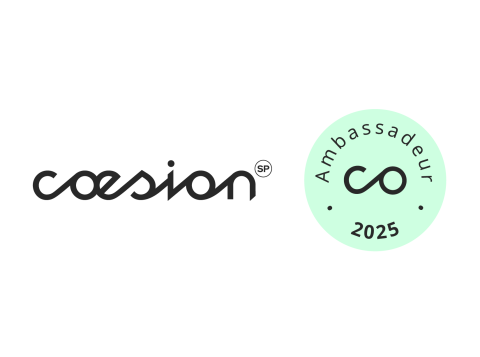Health and Wellness in the Workplace
Employee health and wellness directly impact your organization's performance. Promoting both mental and physical health at work is an investment in employee engagement and workplace happiness—one that delivers measurable returns.
Why Should a Company Care About Employee Health?
Today, employees seek competitive benefits rather than just high salaries. Providing health benefits and fostering a positive work environment align with this mindset.
In fact, corporate health programs should be embedded in the company’s culture rather than treated as an isolated HR initiative.
What Are the Business Benefits?
Prioritizing employee health and wellness creates a positive work environment and strengthens workplace culture. It also reflects modern workplace trends. While physical health used to be the main focus, mental health and overall wellness are now top priorities for both employees and organizations.
How Can a Health and Wellness Program Engage the Most Employees?
To be effective, a program must be tailored to employees’ needs, based on data-driven insights such as employee surveys. A strong health and wellness program should create value for both employees and employers.
For example, a workplace fitness challenge can encourage employees to be more active while strengthening team bonds. At the same time, the employer benefits from increased engagement and productivity.
Another key initiative is training peer support employees as mental health first-aiders. While an employer cannot prevent every case of psychological distress, having trained peers in the workplace provides an essential safety net.
What Other Initiatives Can Be Implemented?
Health and wellness programs can take many forms but are most impactful when integrated into daily work life. An accessible and inclusive fitness challenge, such as walking 10,000 steps a day, is an easy way to promote engagement—especially when done as a team during lunch breaks.
Collaborative activities also enhance teamwork and can encourage remote employees to return to the office.
Programs can include nutrition seminars, mental health workshops, and eco-friendly initiatives. Companies may also provide access to fitness facilities or introduce workplace wellness policies, such as telemedicine services and the right to disconnect.
Can the Impact of These Initiatives Be Measured?
Yes! Several key performance indicators (KPIs) help track program effectiveness, including absenteeism rates, employee turnover, participation levels, and group insurance claims analysis. Employee satisfaction surveys also provide valuable insights into program impact.
Beyond measurable results, these programs drive long-term benefits, such as fostering healthier habits, improving engagement, and creating a more connected workplace.
How Can Lussier Support Organizations in Implementing a Health and Wellness Program?
With over 20 years of expertise in workplace mental and physical health, Lussier offers customized support at every stage of your wellness strategy.
Using advanced data analysis conducted by our actuaries, we identify key priorities and tailor initiatives to your organization’s unique needs. We guide you through every step—from the initial assessment (baseline evaluation) to measuring positive outcomes—while ensuring seamless program coordination. We also stay ahead of emerging trends, such as women’s health.
What’s the Fastest and Easiest Way to Learn More About Lussier’s Expertise in Workplace Health and Wellness?
Simply email us at santemieux-etre@lussier.co , and we’ll get back to you as soon as possible to discuss your workplace health and wellness needs.





